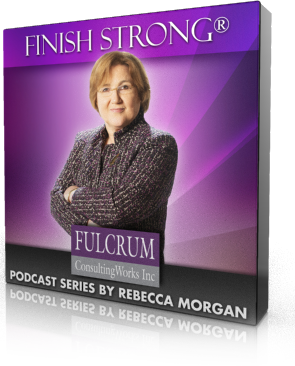I believe Operations should be responsible for customer retention and customer service. Marketing creates awareness, Sales brings in new customers, and it is operational performance — or lack thereof — that keeps them happy and wanting more.
But regardless of where you locate the responsibility, it must be somewhere in your organization! Too many manufacturers have decided to outsource customer service to customers, and have given us lousy tools to use in servicing ourselves.
Using automation as an internal cost cutting tool, companies gave us the tree-routing phone system. Call the number, figure out how to get to the person who can actually help you by punching different numbers, only to discover that that person can’t help you and you’re in the death loop of “no way forward.”
Having frustrated most of us by that sad process, businesses added to it online “chat bots” to make us even crazier.
I readily admit there are appropriate uses for bots. They can answer the most common and simple questions; things like store hours. For any conversation that has the least bit of nuance, they fail miserably.
Either prioritize customer retention and service by doing it well, giving customers high quality tools if you insist we take care of ourselves, or admit that customers are not part of your business model. Now, wouldn’t that be embarrassing? But for some, it would be true.
Are you one of those? Many of you are.
Podcast: Download




 Apple Podcasts
Apple Podcasts Spotify
Spotify Google Podcasts
Google Podcasts Overcat
Overcat Pocket Casts
Pocket Casts
